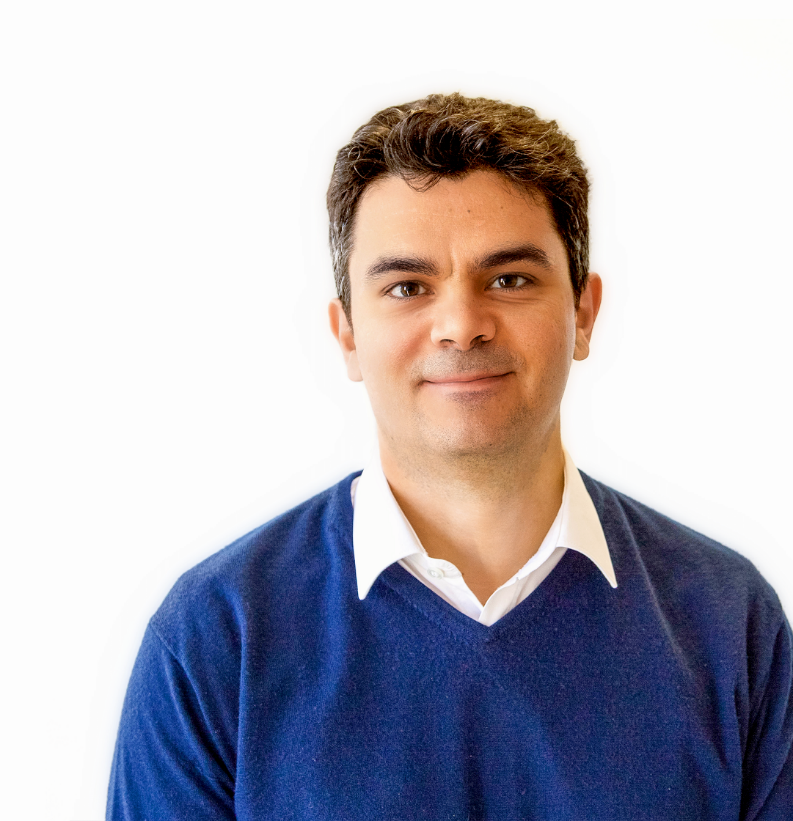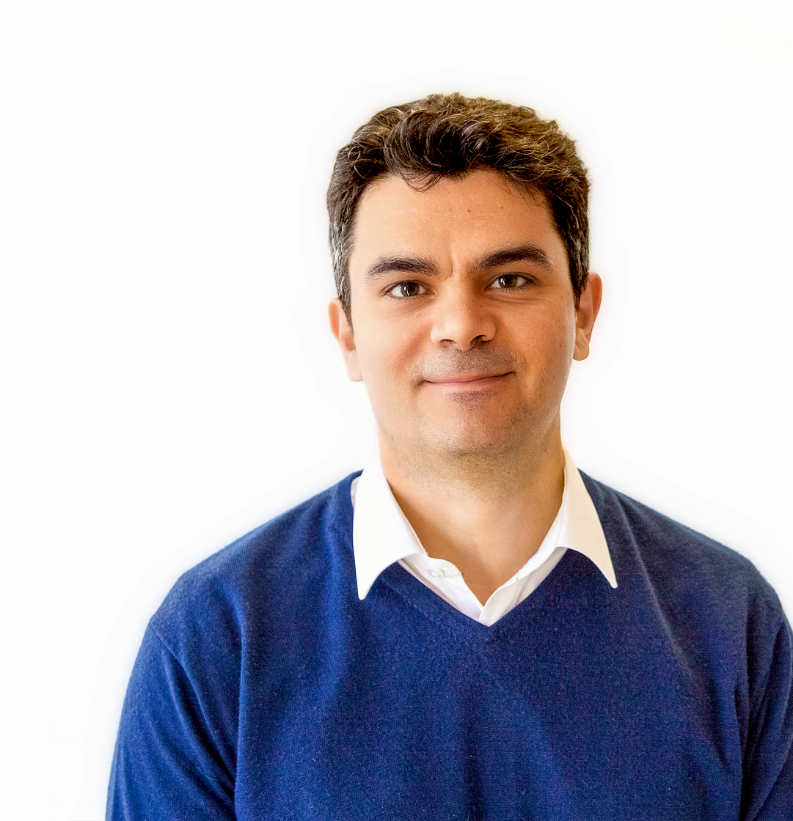- Despite increased consumer confidence, record numbers are using personal and one-month loans as a lifeline
- Nine out of ten debt counselling applicants have a personal loan
- Debt-to-income ratios for top earners at the highest levels yet

Although consumer confidence has improved and the rollout of the ‘two-pot’ retirement system has provided some financial relief, more South Africans than ever are using personal loans to make up the shortfall between income and the rising cost of living.
DebtBusters’ Q1 2025 Debt Index found that 91% of consumers who applied for debt counselling in the first quarter had a personal loan, a new record. A further 37% had a one-month loan – also known as a payday loan.
“It’s clear that while consumers may feel a little more positive, personal loans, especially one-month loans, remain a lifeline for many, because income has not kept pace with rising expenses,” says Benay Sager, executive head of DebtBusters.

Over the past nine years, electricity tariffs have increased by 135%, the price of petrol has risen by 88%, and the compound effect of inflation is 52%. As a result, consumers who applied for debt counselling in Q1 2025, on average, needed 69% of their take-home pay to service debt. This is a significant increase compared to previous quarters and the highest since 2017.
The most vulnerable consumers, taking home R5 000 or less per month, use 76% of their income to repay debt. Those earning R35 000 or more spend 77% servicing debt. The ratios for these income groups are the highest since DebtBusters started analysing the data in 2016.
Compared to 2016:
- Today’s consumers have 53% less purchasing power. Although the impact of inflation has recently subsided, average nominal incomes of incoming cohorts are now 1% lower than 2016 levels, and cumulative inflation over the nine years is 52%. There’s better news for those taking home R35 000 or more. For them, nominal income has increased by 11% since 2016 – the first significant growth for some time.
- Consumers in most income bands spend 25% of their disposable income, after debt repayments, to pay for water, electricity, rates and transport. Food inflation has meant many have had to sacrifice insurance and assurance cover. For people in lower-income groups, who spend a larger portion of their income on food, food inflation has meant that they have experienced 2% – 4% more inflation over the past few years.
- Top earners have unsustainable levels of unsecured debt. On average, unsecured debt levels are 34% higher than nine years ago, but for people taking home R35 000 or more, it has increased by 90% – the highest ever.
Sager says that debt counselling enquiries were “a bit muted” compared to previous years. He attributes this to uncertainty about the macroeconomic environment, access to retirement funds and “some negative marketing against debt counselling”.
“Debt counselling is still the best way to help consumers restructure their debt. While the average interest rate for unsecured debt has come down from an eight-year high to 25.3%, under debt counselling, it can be reduced to ~2.5% per annum, allowing consumers to repay expensive debt faster.
“Vehicle debt and balloon payments can also be paid over a meaningful period by getting the average financed vehicle interest rate of 14.9% a year negotiated down to a more manageable level.”
The number of consumers who completed debt counselling has increased 11-fold since 2016. Consumers who received their clearance certificates in the first quarter of 2025 paid back over R700 million to their creditors.
Sager says that interest in online debt management was up by 6% during the quarter compared to the same period over a year ago, with subscriptions for DebtBusters’ online proprietary tools, Debt Radar and the Debt Sustainability Indicator, now exceeding 1 million.





























